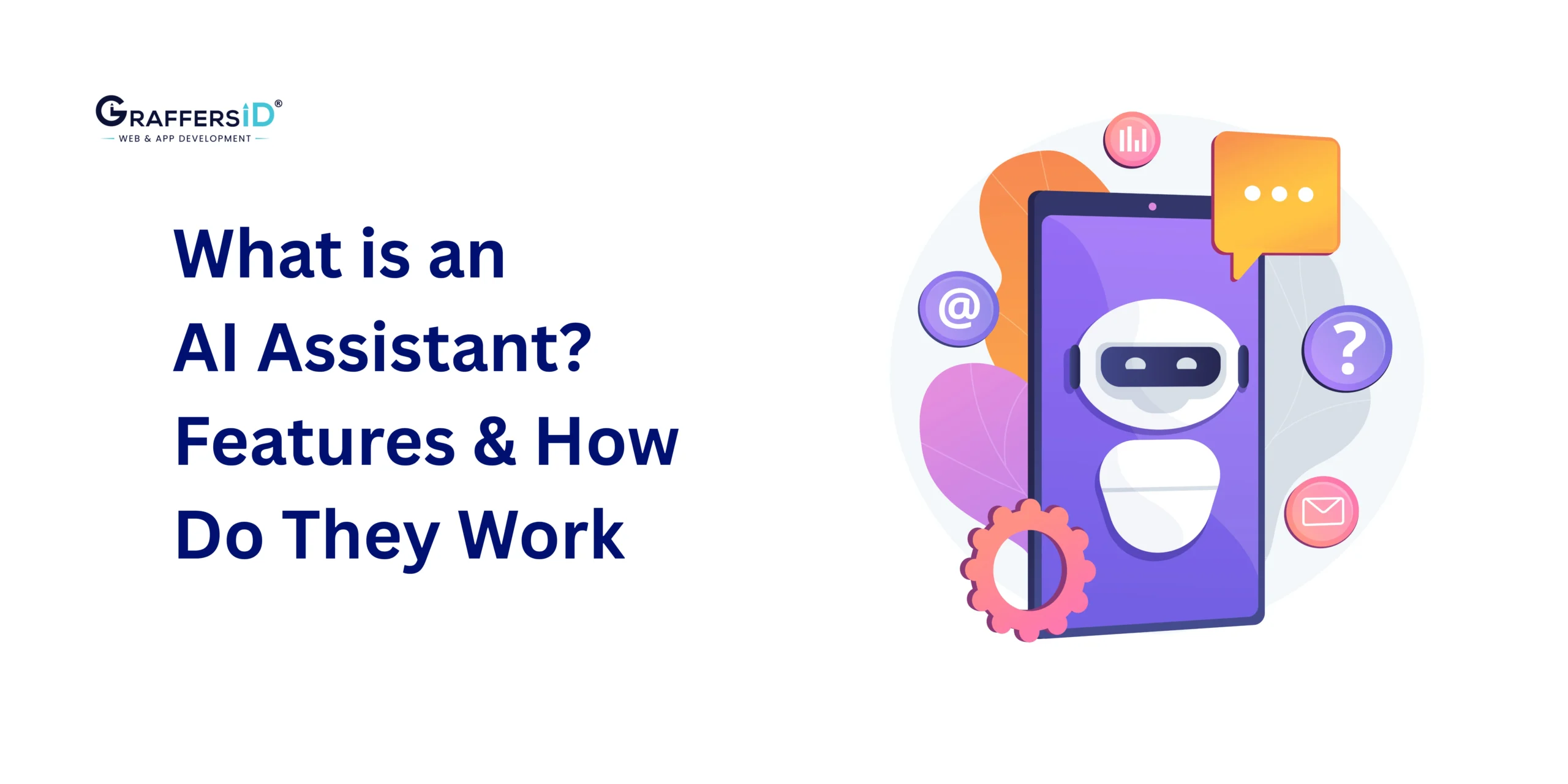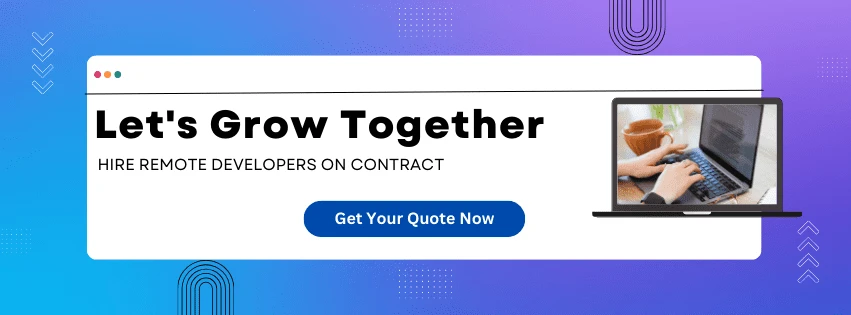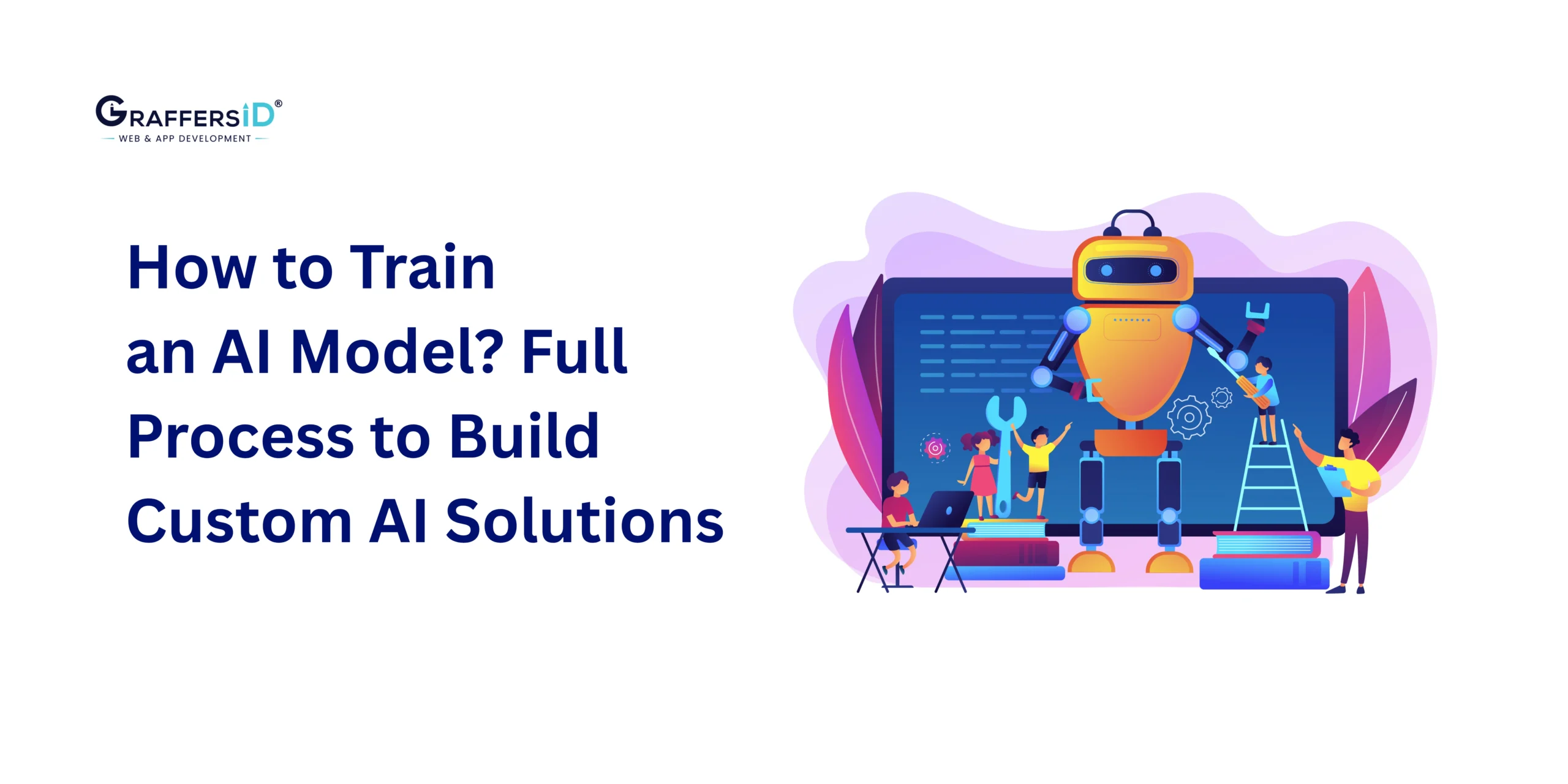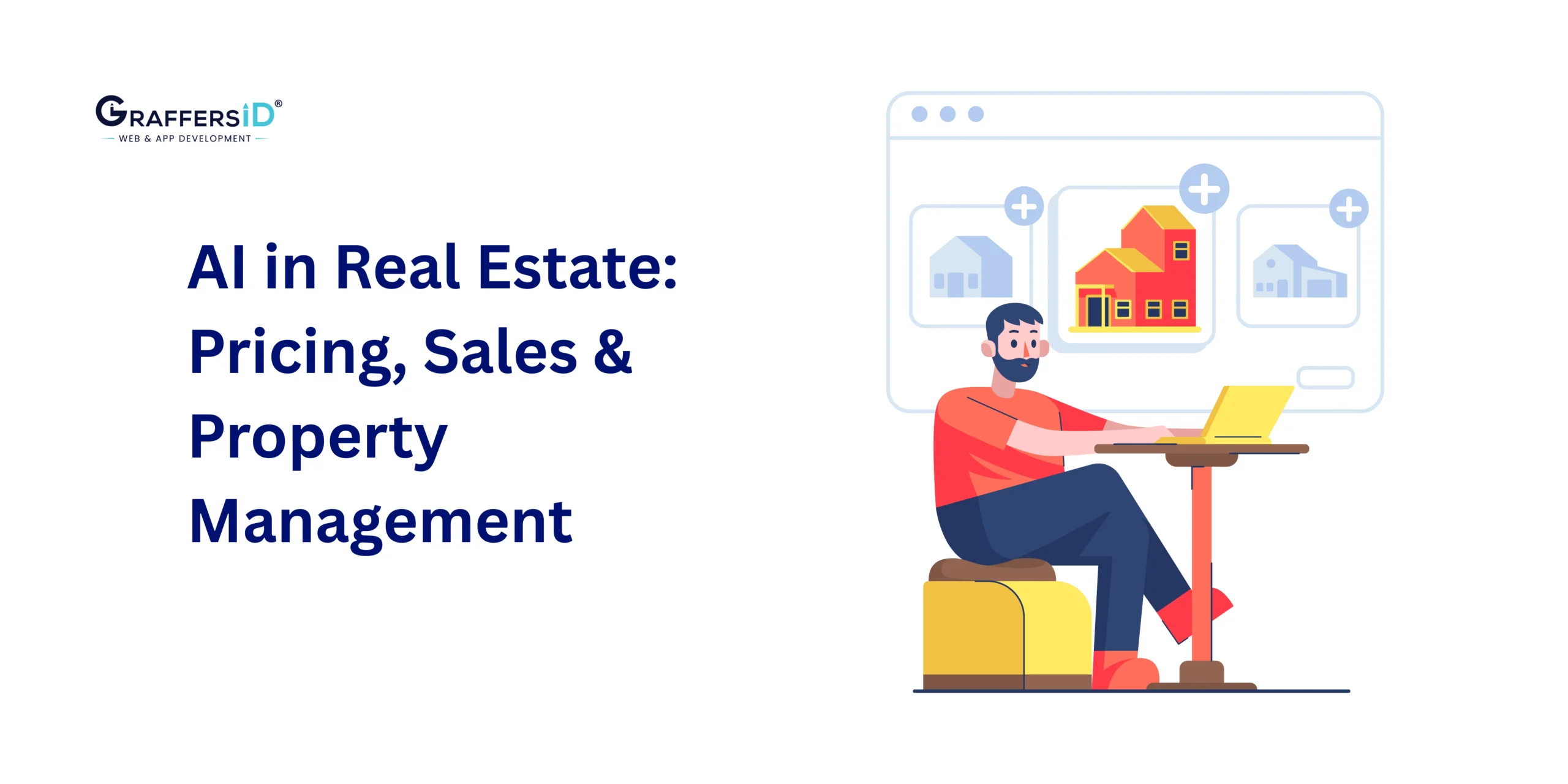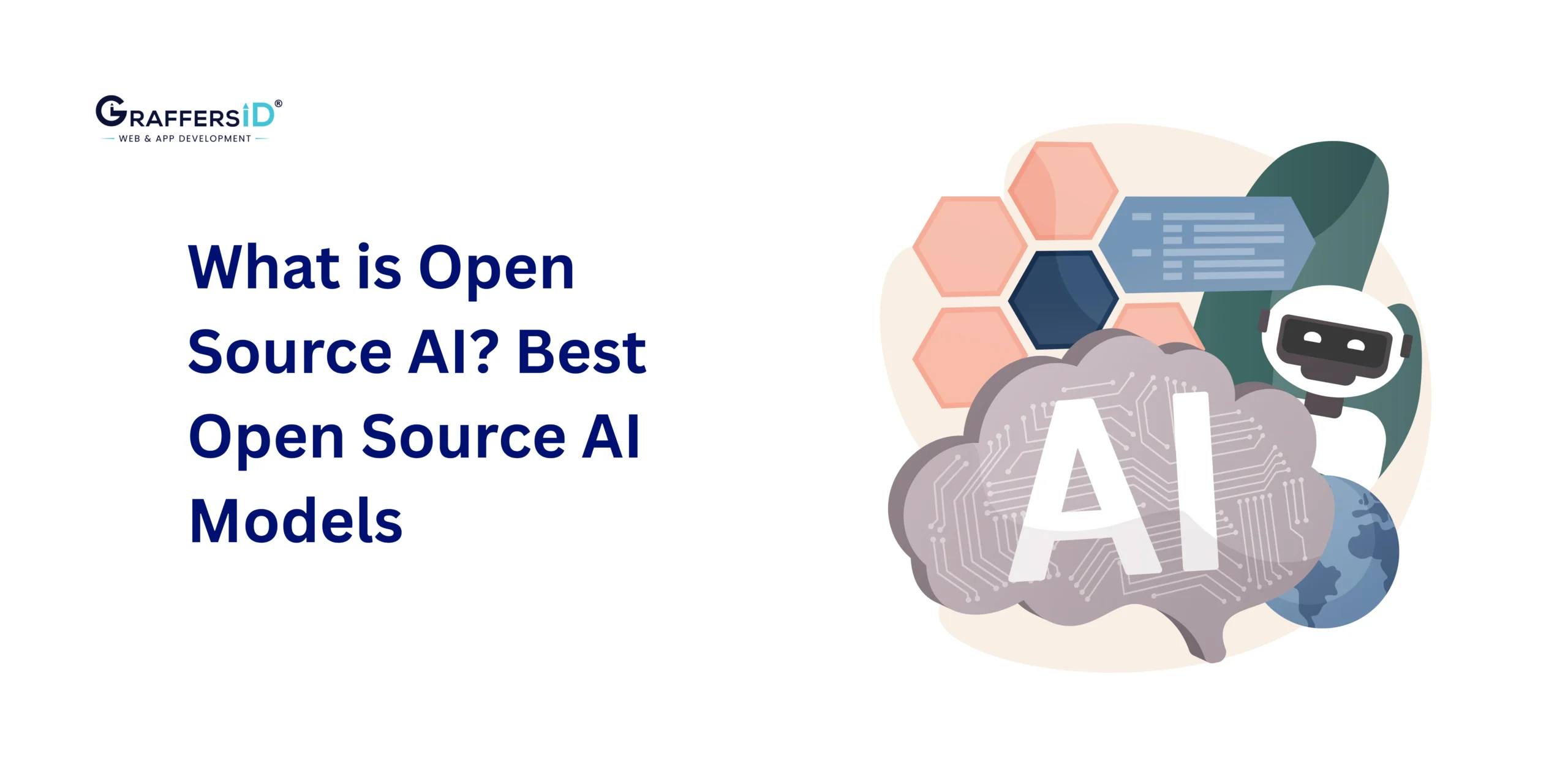In 2026, AI assistants are no longer just voice-controlled tools for basic tasks; they’re powerful productivity partners reshaping how we live and work. From managing enterprise workflows to controlling smart homes, these assistants combine natural language understanding, machine learning, and real-time data access to deliver value across industries.
For decision-makers, CTOs, and CEOs, AI assistants represent more than convenience; they’re critical to scaling customer service, automating routine operations, and unlocking competitive advantages. But how do they really work, and where are they heading?
This blog explains everything you need to know about AI assistants in 2026: what they are, how they function, the types available, their business benefits, their limitations, and where the technology is headed.
What is an AI Assistant in 2026?
An AI assistant (or digital assistant) is software powered by artificial intelligence, Natural Language Processing (NLP), and machine learning that understands voice or text commands and performs tasks.
Examples include Siri, Alexa, Google Assistant, and ChatGPT-powered assistants, which now support multimodal input (voice, text, images, and video) and integrate seamlessly with enterprise and consumer tools.
Read More: AI Assistants vs. AI Agents (2026): Key Differences, Features, and Use Cases Explained
Unlike AI agents that operate independently toward goals, AI assistants:
- React to prompts instead of acting autonomously.
- Follow a prompt-response loop (e.g., “Siri, what’s the weather?” → Siri replies).
- Excel at retrieving information, managing tasks, and providing conversational responses.
In 2026, AI assistants have become more context-aware, multimodal (text, voice, image, and video), and enterprise-ready, offering smarter personalization than ever before.
Key Features of AI Assistants in 2026
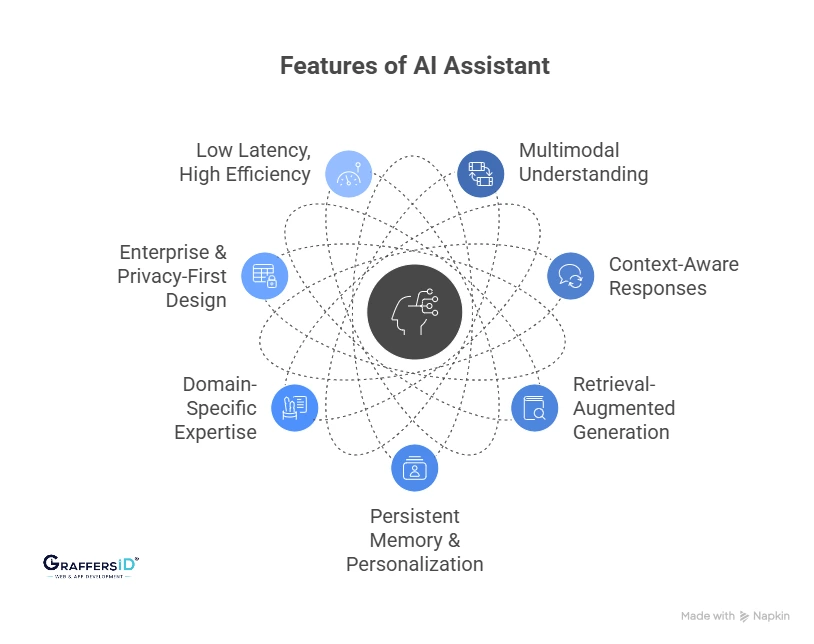
-
Multimodal Understanding: Process voice, text, images, and video inputs seamlessly to understand context across senses.
-
Context-Aware Responses: Maintain conversation history and situational cues (time, location, past interactions) for more natural replies.
-
Retrieval-Augmented Generation (RAG): Combine live knowledge sources with LLMs so responses are fact-checked and grounded in real-world data.
-
Persistent Memory & Personalization: Store relevant user preferences and past behavior to personalize recommendations over time.
-
Domain-Specific Expertise: Tailor performance for specialized fields (healthcare, finance, legal, etc.) with trained models and custom knowledge bases.
-
Enterprise & Privacy-First Design: Offer end-to-end encryption, data control settings, and secure deployment for business environments.
-
Low Latency, High Efficiency: Use optimized inference, edge computing, or hybrid cloud architectures to deliver instant responses with minimal delay.
Evolution of AI Assistants: From Rule-Based Bots to AI-Powered Assistants
AI assistants have evolved through three major phases:
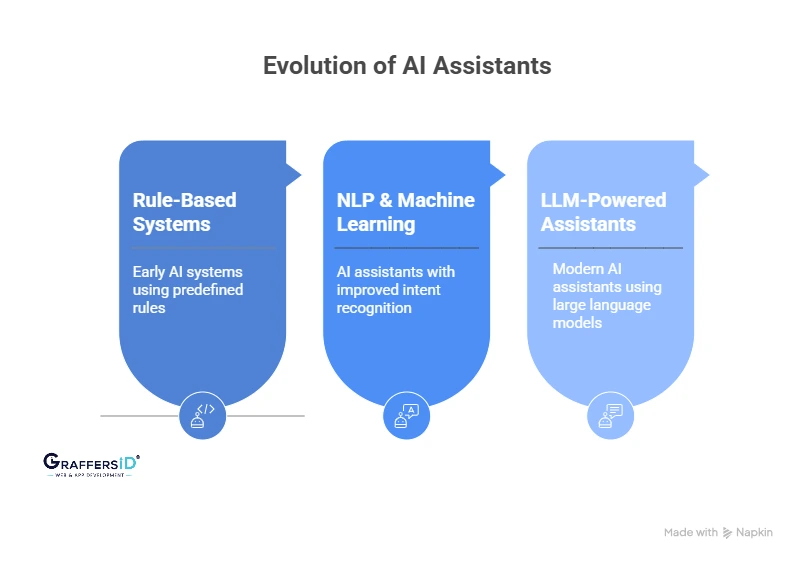
1. Rule-Based Systems (1960s–2000s)
- Examples: ELIZA (1966), PARRY (1972).
- Worked on predefined rules and keywords, often producing robotic responses.
2. NLP & Machine Learning (2010s)
- Chatbot platforms reached 84% accuracy in intent recognition.
- Assistants like Siri, Alexa, and Google Assistant entered mainstream use.
3. LLM-Powered Assistants (2020s–2025)
- Large Language Models (LLMs) such as GPT, Gemini, and Claude now power assistants.
- Assistants provide contextual, personalized, and human-like interactions.
- Most modern assistants in 2026 rely on RAG (Retrieval-Augmented Generation) to deliver accurate, real-time answers.
How Does an AI Assistant Work? (2026 Workflow)
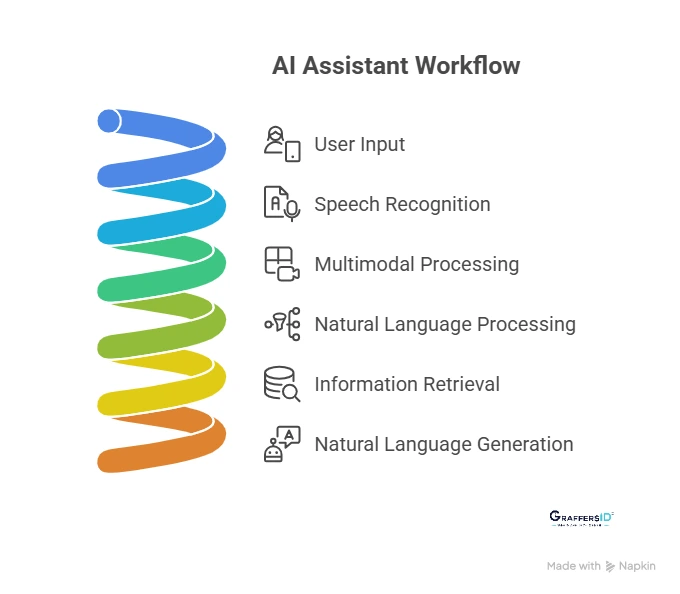
Step 1: User Input (Voice/Text/Image/Video)
- Voice is converted into text via speech recognition.
- Multimodal inputs (image, video) are now processed by assistants like GPT-4o and Gemini Live.
Step 2: Natural Language Processing (NLP)
Breaks down input into:
- Tokenization (words/phrases)
- Syntactic & Semantic analysis (grammar + meaning)
- Intent recognition (what the user wants)
- Entity extraction (names, dates, places, products)
Step 3: Information Retrieval & Integration
- Pulls data from training knowledge, APIs, real-time web sources, or enterprise databases.
- Uses RAG (Retrieval-Augmented Generation) for fact-based responses.
Step 4: Natural Language Generation (NLG)
- Transforms data into human-like responses.
- Powered by transformer models for fluent, context-aware conversations.
All this happens in milliseconds, making interactions fluent.
Types of AI Assistants in 2026
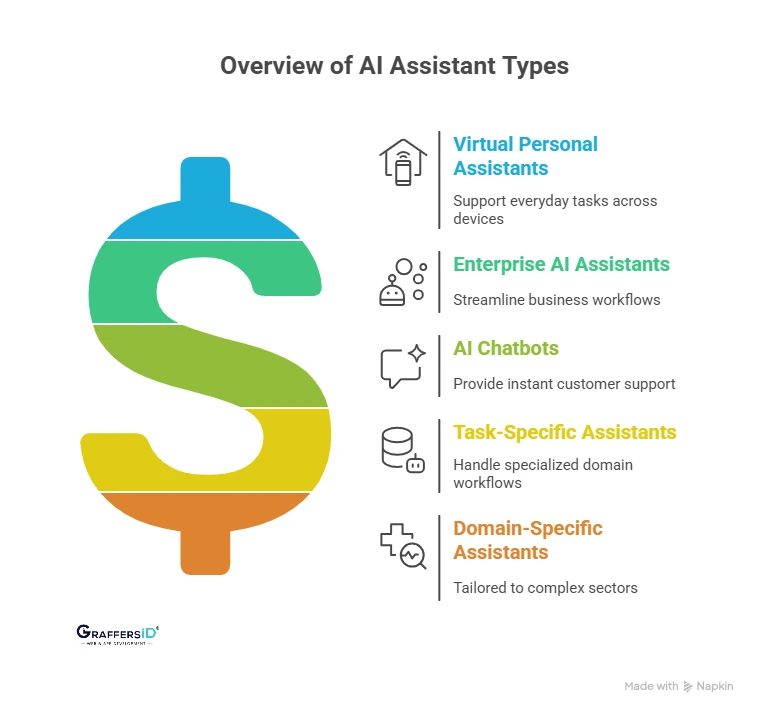
- Virtual Assistants (or Voice Assistants): Siri, Alexa, and Google Assistant support everyday tasks like smart-home control, reminders, and conversational search across devices.
- Enterprise AI Assistants: Deeply embedded in business systems, these tools streamline workflows in HR, sales pipelines, customer service, and internal knowledge management.
- AI Chatbots: Deployed on websites and apps to provide instant, 24/7 customer support, FAQs, and conversational self-service with context awareness.
- Task-Specific Assistants: Specialists such as GitHub Copilot (for coding), Jasper (content generation), or finance bots, built to handle one domain’s workflows efficiently.
- Domain-Specific Assistants: Tailored to regulated or complex sectors like healthcare, legal, or finance; combining subject-matter knowledge, compliance awareness, and specialized data sources.
Read More: How to Build an AI Agent in 2026: A Strategic Guide for CTOs and Tech Leaders
Benefits of AI Assistants in 2026
- Time Saving Through Smart Automation: Automate routine tasks like email triage, calendar scheduling, and data entry to free up hours for high-impact work.
- Round-the-Clock, Scalable Support: Deliver support and assistance 24/7, adapting seamlessly to demand surges without additional human overhead.
- Enhanced Accuracy & Fewer Mistakes: Leverage AI-driven consistency and error checking to cut mistakes by up to 95% in repetitive and data-intensive tasks.
- Deep Personalization & Context Awareness: Use behavioral signals, past interactions, and preferences to offer responses and suggestions tailored for each user.
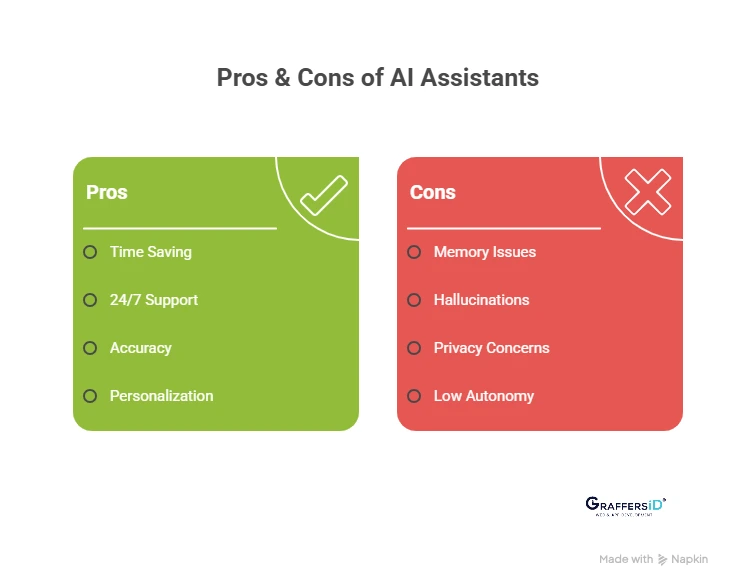
Limitations & Challenges of AI Assistants in 2026
- Limited Memory Across Sessions: Many assistants still lack reliable long-term memory, causing users to repeat context or lose personalization between interactions.
- Risk of Hallucinations & Algorithmic Bias: AI assistants may confidently generate incorrect or skewed responses due to training data gaps or biased data, especially for sensitive topics.
- Privacy & Data Security Concerns: Always-listening or cloud-processed voice inputs and stored logs raise issues around consent, data ownership, and potential misuse.
- Low Autonomy Compared to AI Agents: These assistants generally respond only when prompted, lacking the proactive decision-making or initiative that AI agents exhibit.
Future of AI Assistants: Trends to Watch in 2026 & Beyond
- True Multimodal Understanding: Assistants will smoothly integrate text, voice, image, and video inputs to offer richer, context‐aware responses that align with how people naturally communicate.
- AR/VR Integration & Intelligent Overlays: Wearables like smart glasses will display AI overlays in real time, enabling immediate, hands-free guidance, navigation, and visual assistance in everyday tasks.
- Proactive & Autonomous Intelligence: AI assistants will evolve from reactive tools into semi-autonomous agents that anticipate user needs, initiate tasks, and suggest solutions before being asked.
- Enterprise-strength, Domain-specific Assistants: Tailored assistants in sectors like healthcare, legal, finance, and manufacturing will understand industry jargon, workflows, and data privacy requirements to drive productivity.
- Persistent Memory & Deep Personalization: Long-term memory systems will let assistants recall past interactions, preferences, and user context, enabling more natural, personalized, and continuous conversations across devices.
Conclusion: AI Assistants as Strategic Partners in 2026
AI assistants in 2026 are no longer simple chatbots; they’re smarter, multimodal, and context-aware digital partners. While they remain reactive tools compared to proactive AI agents, their ability to save time, improve productivity, and personalize experiences makes them indispensable.
With future advancements in AR, multimodal AI, and enterprise integration, AI assistants are set to transform into powerful everyday companions that bridge the gap between humans and digital systems.
At GraffersID, we help businesses build AI-powered solutions and hire skilled remote AI developers who create intelligent assistants tailored to your industry’s needs.
Ready to build your own AI assistant or integrate AI into your business? Hire AI Developers from GraffersID today!
